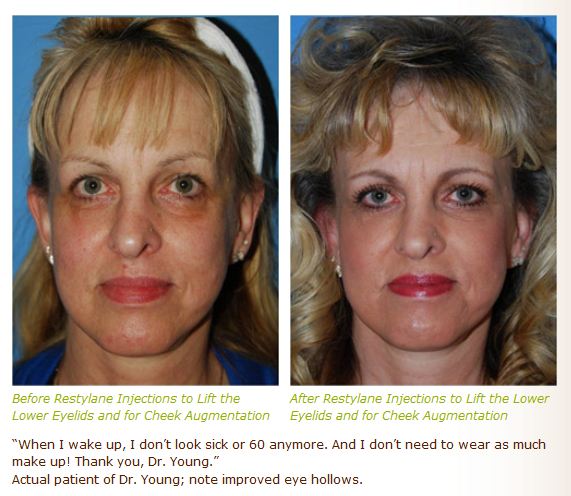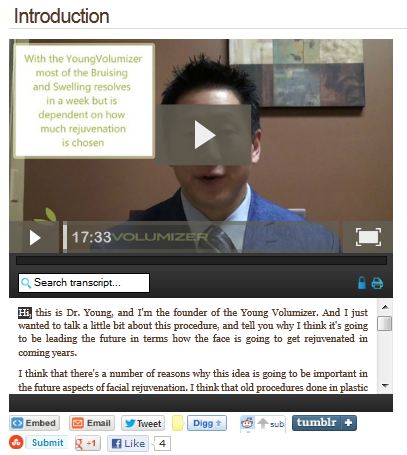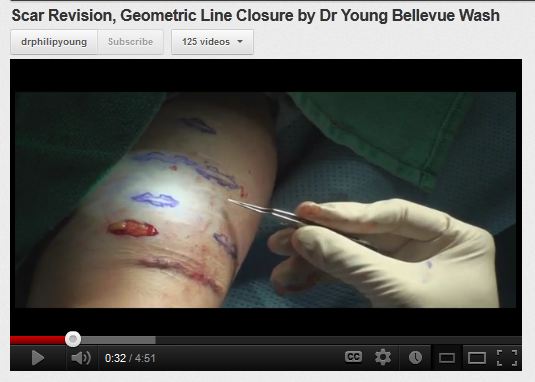The Lips and their impact on Beauty:
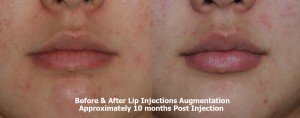
Lips before after Lip filler injections 10 months after
Why are the lips so important for your looks? Why is it that they have such an impact after you enhance them with fillers like with Kylie Jenner?

Kylie Jenner Lip Filler Enhancements
The lips are the entrance to the mouth. The mouth is one of the first functioning units that we had as we started as a single cell. Basically, the first thing we did was eat things and engulf things as cells do. So the lips are a very primitive part of our body. Also the lips are associated with many of our emotions. The audio cortex and our sensation of hearing has a big impact on our emotional interpretation of the world. The lips are the way we communicate many of our emotions like yelling, talking, kissing etc. The lips represent some of our most basic elements about us. It is our animalistic side of our bodies and face. This is the reason why when we augment them there is such an impact on our sexuality and hence our looks and appearance.
In terms of Lips, Lip Fillers and how they fit into beauty. You can watch this video that will come out on Wed 3/1/17 and learn more about the aesthetics of the lips. When I was in LA I noticed that there are many people getting their lips enhanced and they were looking enhanced but not necessarily improved. So I wanted to figure out why that was. When I looked into our Aesthetics and understanding of beauty in the most current literature, I found that we really didn’t know concrete facts or numbers on what is beautiful or not. That’s what led me to figure out what beautiful was and a Basic theory on beauty. The lips were important for me in recognizing that we needed to do something. So I started looking around and studying beautiful people and I started to write a paper that set forth some basic mathematics above what beautiful is. Look at yourself or other people or other pictures of faces and you’ll see that most of the light shines on the lower lips. hence the lower lips need to dominate because the light shines on it. I have hypothesized that the lower lips are ideally one Iris width in height . The upper lips were half an iris width in height. In my third paper, I went on to further prove this. You’ll see in these two studies below that this was found to be true. Importantly, the chairman of the statistics dept from the University of California Riverside helped with the statistics in this paper. Click here for our paper on these studies: The Circles of Prominence, A New Theory on Beauty: Ideal Distances in the Eyes, Nose, Ears, and Lips.
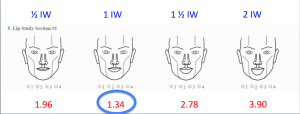
Line Drawings: Lower Lip was Found to Be Ideally 1 iris width in Height
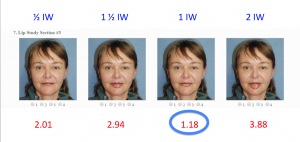
Morphed Actual Real Life Pictures: The Lower Lip is Ideally One Iris Width in Height
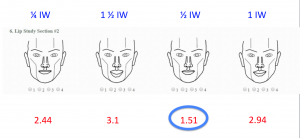
Line Drawings: Upper Lip was Found to Be Ideally 1/2 iris width in Height
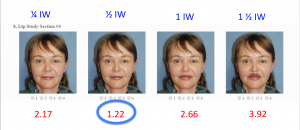
Morphed Real Life Pictures: Upper Lip was Found to Be Ideally 1/2 Iris Width in Height
If you have any questions you can contact us at our plastic surgery website: www.drphilipyoung.com any time or email us at contactus(at)afbplasticsurgery.com.
Thanks so much for reading,
